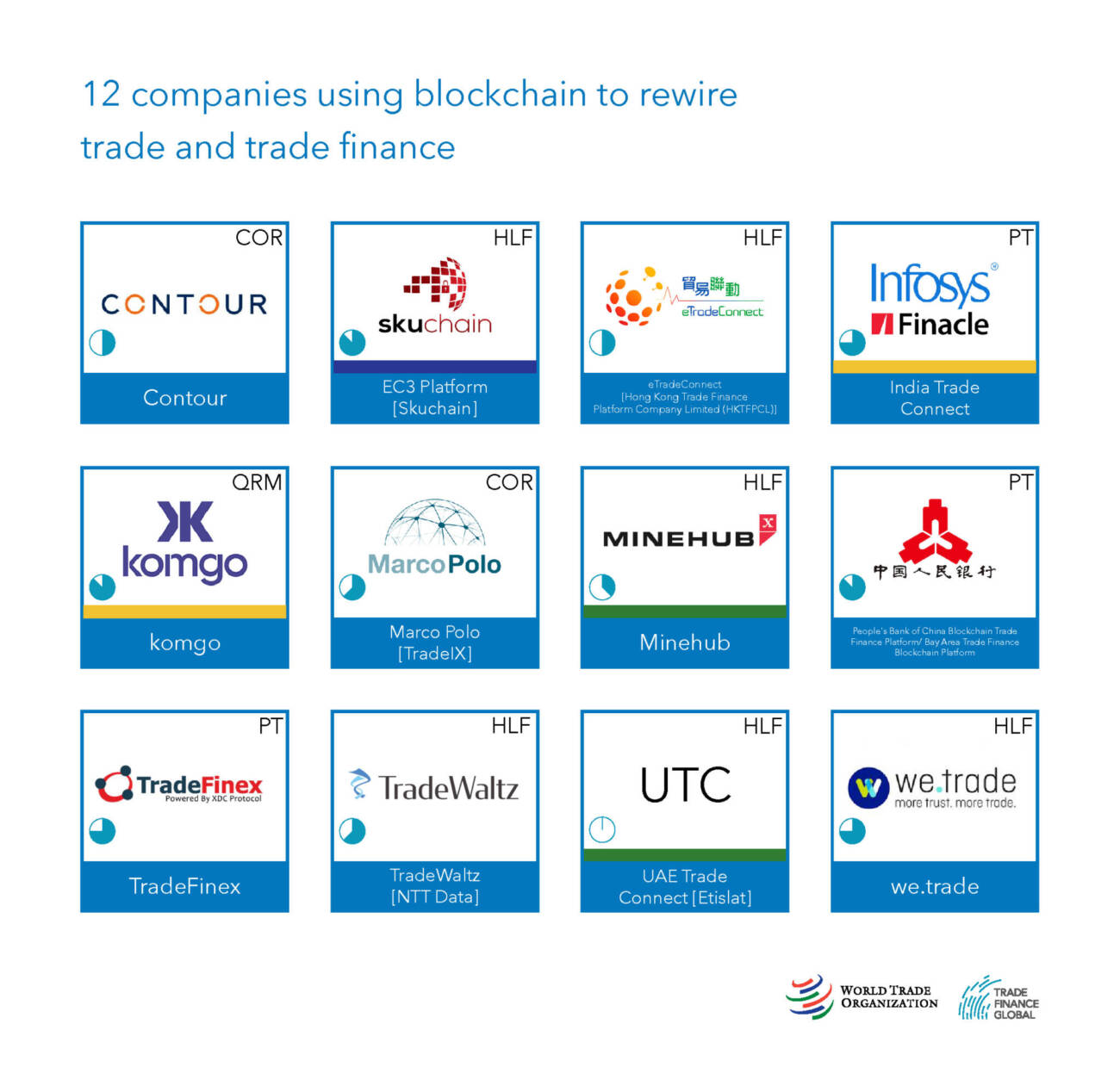
Trade Finance – The Web3.0 way
November 22, 2022
AWS Well-Architected Payment Solutions
January 26, 2023The future of digital retail is changing. Never ever in history their has been as many opportunities in the ecommerce industry, nor has there been as much competition.
According to a Statista Statistics Between 2022 and 2025, we’re expecting to see the ecommerce market grow to $1.3 trillion.
Fewer barriers to entry mean more retailers going online. Everyday new stores come online which means that brands need to stand out in order to compete. As more businesses are online, it’s harder and harder to be found by new customers.
Rising costs to acquire customers are forcing brands to focus on building loyalty through personalized and diversified experiences. Businesses are under pressure to strengthen customer connections by putting their brand identity front and centre. This is made further complicated by the death of the third-party cookie—which means it’s time to get creative as you build those personalized experiences.
This puts a lot of pressure on technology teams to deliver against an aggressive go-to-market strategy as per business and marketing expectation.
That’s where headless commerce comes in.
Headless promises the freedom to create incredible shopping experiences at each customer touchpoint by unlocking developer experiences. You can sell anywhere without design or development constraints. The world is your storefront.
So what is headless commerce in the first place ?
Headless commerce is the separation of a website’s front end from its back-end ecommerce functionality. This architecture gives retailers more freedom to customize and build anything they want. Brands can update the front end without touching the back end. A headless setup separates the two in order to give you more flexibility in the buyer experiences you create.
The secret sauce to headless commerce is the API, or application program interface. An API is a connection between the frontend and backend, sending information between the two in real time.
Customer-facing content is managed on a back-end platform, like a CMS. With headless storefronts, you can leverage multiple backend systems depending on your needs. These systems can include Content Management Systems(CMS), Progressive web applications(PWA), Customer Relationship Management(CRM) and Digital Experience Platforms(DXPs)
These additional SaaS tools build touchpoints for customers, like a mobile app. Whenever a customer has a touchpoint with your storefront, an API call sends that info through to your backend.
Customers don’t see anything from your headless backend—just the front user interface you’re using to deliver shopping experiences.
This results in fast complete customization, faster time to market, less dependency on IT, scalability and fast loading times.
This is important when compared with traditional ecommerce platforms which are tightly coupled applications built on monolithic architecture. They are easy to setup but less flexible to customizations as front end is tightly dependent on backend architecture. A simple change in front end may mean a change some where else too.
Change management becomes a nightmare in this scenario consuming a lot of time, opportunity cost and revenue loss.
So Is headless commerce suitable for everybody ?. I would say ” It depends”.
Consider the following scenarios and if you find yourself saying yes to any two its worth considering headless commerce.
- The business has an established footprint, and it’s not easy to re-platform another tool into existing technology infrastructure.
- As a business you see yourself moving slower than competitors because the technology platform isn’t agile enough to simultaneously make front- and back-end adjustments.
- You want your customer’s shopping experience to be faster and have more granular control over the elements that affect performance and site speed.
- The storefront theme or template isn’t as customizable as it should be.
- Their ain’t a native mobile app for iOS or Android, or the mobile shopping app isn’t as user-friendly as it needs to be.
- You need to build a unique storefront ecommerce experience that isn’t possible on the existing platform.
So if you’re looking to create a more personalized and unique customer experience coupled with more flexible development, and you have the development resources to support a headless transformation, then give headless commerce a go. Key platforms to look out for include Vendure, Saleor, Sylius, Medusa and Crystalize.
I will writing about them in detail in my next post.





